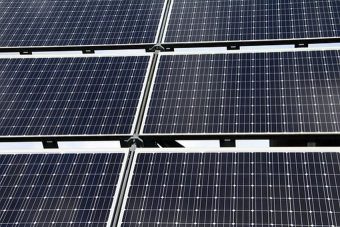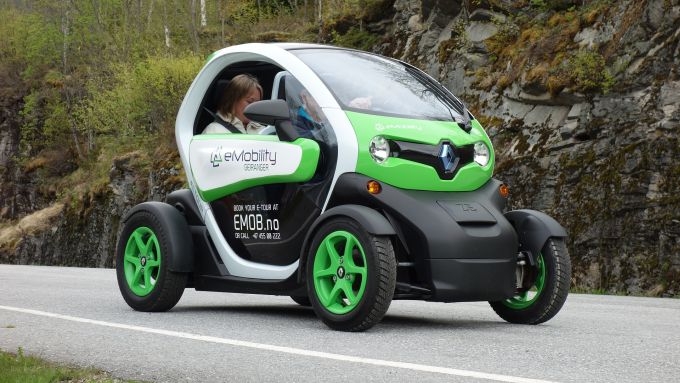
Air pollution is a universal threat to the public, and not just in cities with smoggy reputations like Beijing, Mumbai and Los Angeles. According to the World Health Organization, about 6.5 million deaths are associated with fouled air annually, and, shockingly, 9 out of 10 people worldwide live in a place where the air is simply not clean enough for human health.
Though there’s little the average citizen can do to avoid air pollutants entirely, there are some actions they can take on a daily basis and in the long term to help protect themselves and others.
“The situation is really very critical,” Dr. Maria Neira, director of WHO’s Department of Public Health, Environment and Social Determinants of Health, told HuffPost. “You shouldn’t be breathing air that could be killing you.”
For people in many parts of the world, air pollution is a reality that’s tolerated, not avoided; they can’t just move away from cities where smog blankets the skyline. But there are simple measures you can take to limit the negative effects.
Ed Avol, a professor of clinical preventive medicine at the University of Southern California, has been living in Los Angeles for decades. An avid runner, he explained that refraining from walking or exercising along busy streets can help you avoid air fouled by vehicle emissions.
“If you just walk a block away, surprisingly you can minimize some exposure,” he said.
In times of truly dangerous pollution levels, the healthiest place is often indoors, with an air conditioner running that’s fitted with a clean filter, Avol noted. You should also limit activity to avoid heavy breathing.
“Think of yourself as a big vacuum cleaner. You sort of have to turn down the setting,” he said.
While they are a common sight on smog-heavy days in cities like Beijing, face masks are often ineffective against air pollution unless they fit tightly around the nose and mouth. Cheap surgical masks or makeshift barricades like a handkerchief don’t protect against much, as air can easily slip through the sides of the mask when you breathe in.
More expensive options, like an N95 mask, can provide protection, as they contour to your nose and face, and can filter up to 95 percent of particulate matter from the air. Men with facial hair, such as Avol, are often out of luck, though, as beards and mustaches prevent an airtight seal.
Avol also noted that within the U.S., networks of citizen scientists have crafted a nationwide air-monitoring map that can help residents see air quality levels in real time on websites like PurpleAir.com. For a few hundred dollars, you can purchase and hang relatively inexpensive sensors on your home to see the levels where you live.
The reality is that air pollution is a public health crisis that demands a strong response from governments and businesses.
According to Neira, a barrage of fatal diseases, including 36 percent of lung cancers, 34 percent of strokes and 35 percent of chronic obstructive pulmonary disease can be linked to air pollution. Researchers have found links to increased rates of asthma and pneumonia in children; in newborns, they have seen a reduction in birth weights.
She said a dramatic increase in public concern about air pollution can empower citizens to push for change. And if the populace demands action, it can force governments and businesses to tackle the issue.
WHO is pushing for national governments to solidify their commitments and make pledges for cleaner air legally binding. Neira noted WHO’s acceptable level for public health is 20 micrograms of particulate matter per cubic meter, but said currently 80 percent of cities exceed such guidelines.
Avol said one benefit of breathing masks, effective or not, is that they raise psychological awareness that air pollution is an issue worth talking about.
“We’re becoming more aware of the problems in more cities, in rapidly developing societies,” he said. While some cities are lagging behind that trend, or struggling to catch up, others, such as Los Angeles, have made great strides in recent decades and overcome some of the worst facets of their reputation.
LA is a success story, he said. “It’s much cleaner than when I was growing up,” he said. “The current generation have it much better.”
Of the basic human rights, clean air is one people too often take for granted, Neira said.
“Will anybody disagree with the fact that we need to breathe clean air?” she asked. “Is there another option? Can you survive without breathing?”
Souce: HuffPost



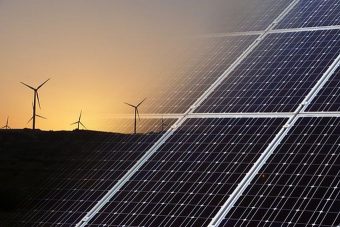


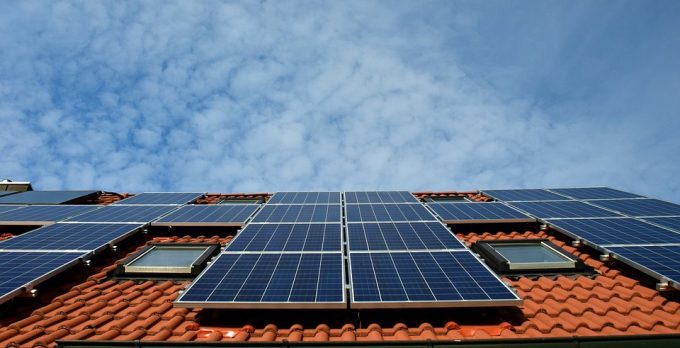
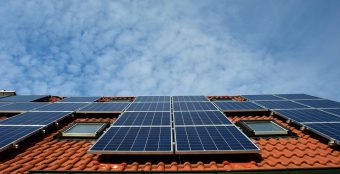
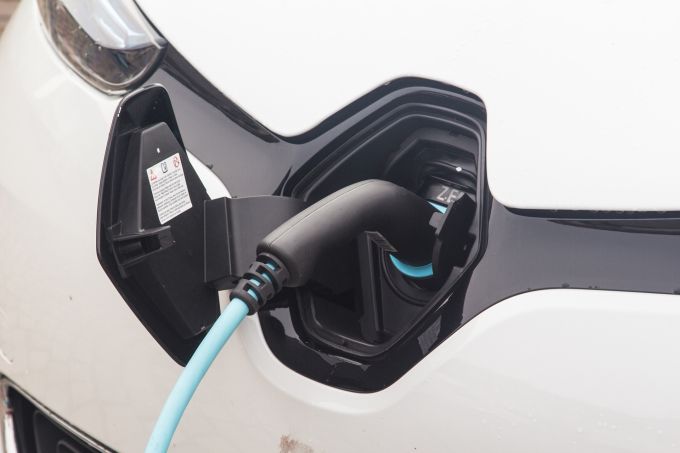





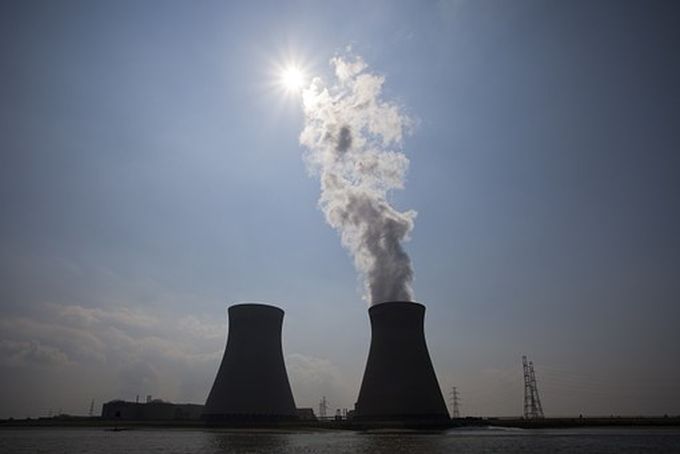
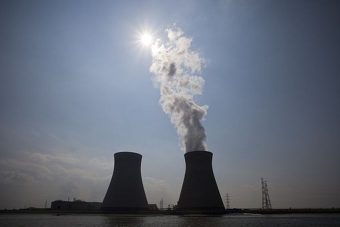


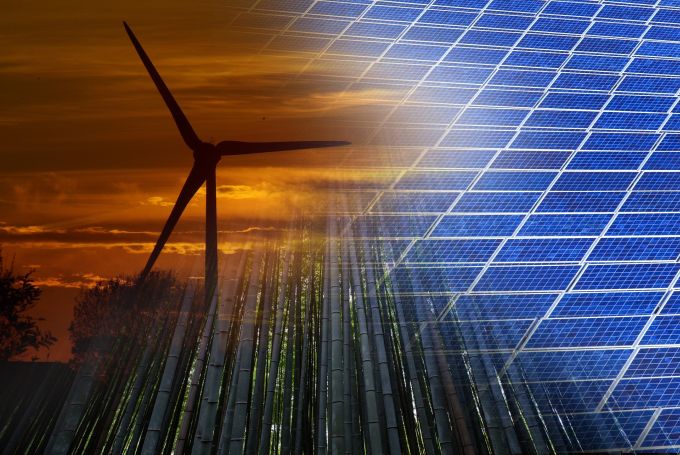


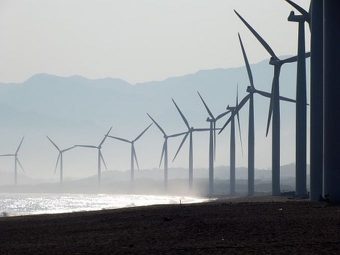
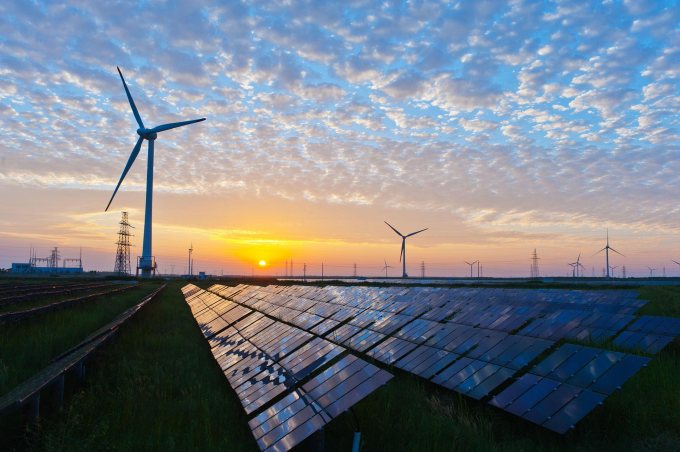
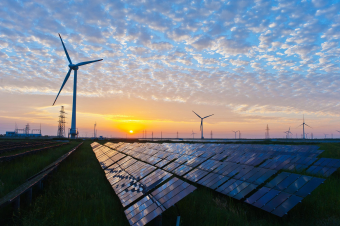
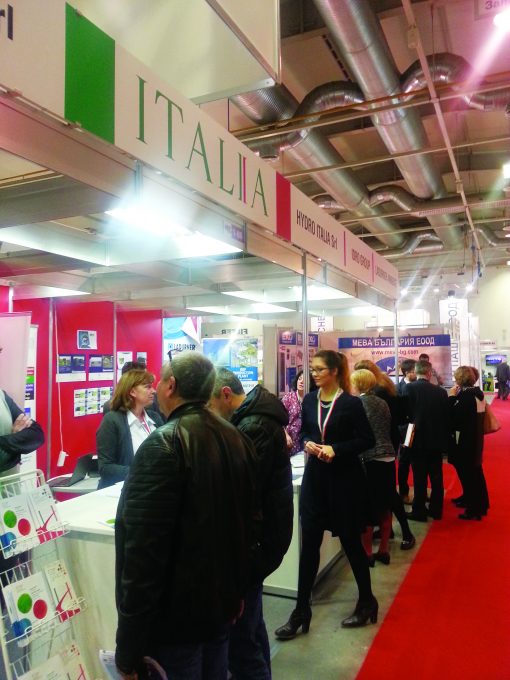
 EE & RE and Smart Cities will be held in Sofia, Bulgaria from 27 to 29 March 2018. The event is the only one in Bulgaria in ‘еxhibition and conference’ format in the field of energy and intelligent cities. The great business environment creates synergy effects from which exhibitors, visitors, speakers and attendees can benefit: to get up-to-date information, to position products in a new market in a cost efficient way and to find local distributors and partners. EE & RE and Smart Cities facilitate the implementation of advanced technologies and practices in South-East Europe – a Region with a great potential for resource efficiency improvement.
EE & RE and Smart Cities will be held in Sofia, Bulgaria from 27 to 29 March 2018. The event is the only one in Bulgaria in ‘еxhibition and conference’ format in the field of energy and intelligent cities. The great business environment creates synergy effects from which exhibitors, visitors, speakers and attendees can benefit: to get up-to-date information, to position products in a new market in a cost efficient way and to find local distributors and partners. EE & RE and Smart Cities facilitate the implementation of advanced technologies and practices in South-East Europe – a Region with a great potential for resource efficiency improvement.
